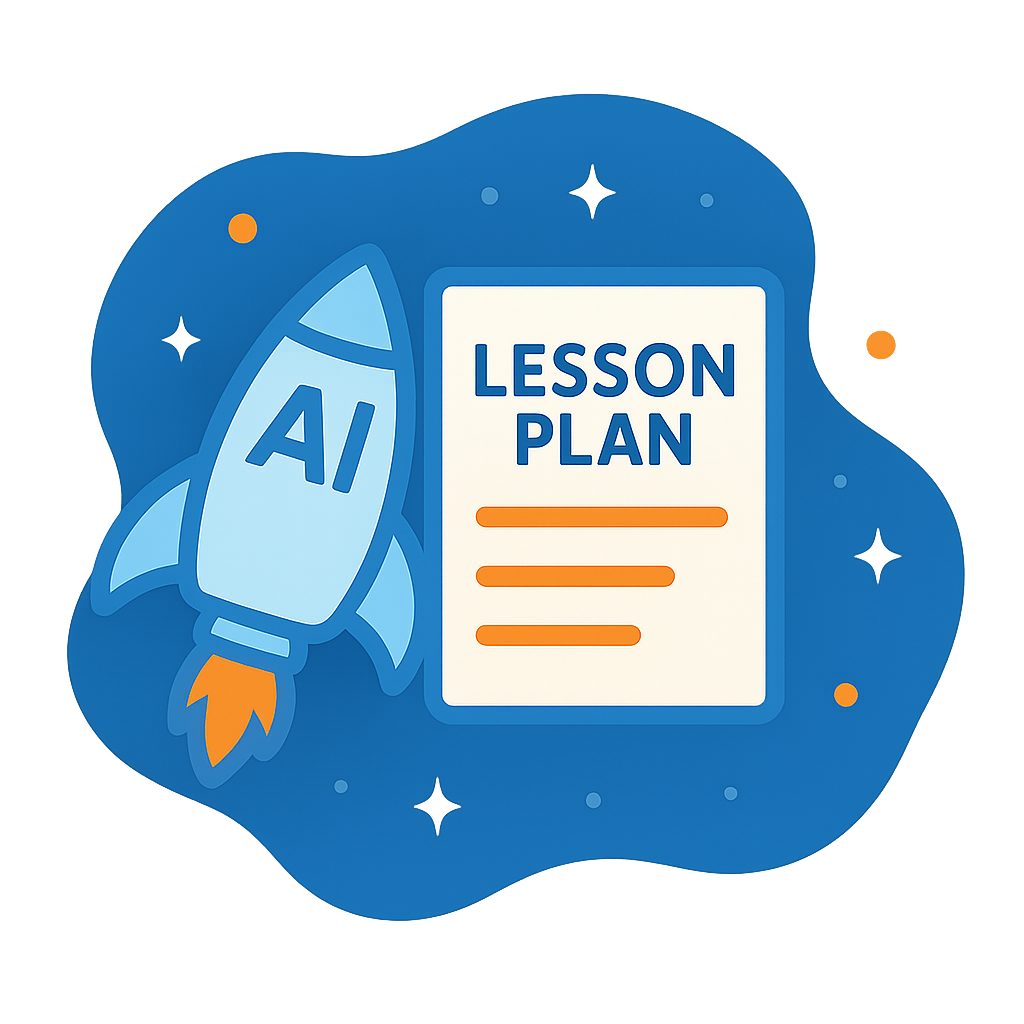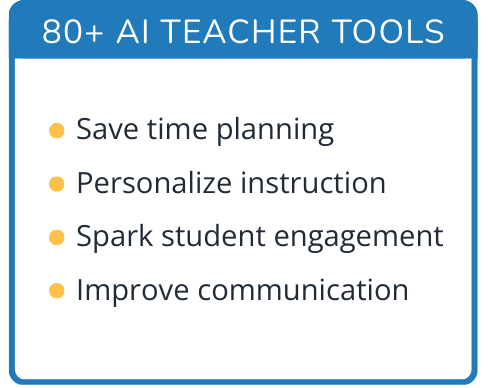Hi, what do you want to do?
Curated OER
Messages in Art Work
Observe images and discuss what messages they convey. In this critical thinking lesson plan, students determine whether works of art are trying to persuade their audience. They also consider the media and how they communicate messages to...
Curated OER
The Presidential Nominating System
Young scholars examine the process by which candidates for U.S. president are nominated by the Democratic and Republican parties. They identify the differences between primaries and caucuses and key terms and issues related to the...
Curated OER
California Crops
Students explore agriculture by researching the native food crops of California. Students define a list of agriculture vocabulary terms and analyze maps of California which explain which foods come from which area. Students write a...
Curated OER
Visiting a Marine Sanctuary
Students gather information on a kelp forest and identify species in that ecosystem. In this underwater ecosystem lesson students gather data, give an oral presentation and create a poster.
Curated OER
The Right to Education for California's Minorities and Immigrants
Students examine the elements of various court cases and how state and federal laws affect them. They participate in a series of mock trials to gain a better understanding of the issues involved.
Curated OER
If These Walls Could Talk
Learners compare Neoclassical objects from the Getty collection to American civic architecture of the time. They discuss the moral and political ideas of the Enlightenment and articulate how these art forms influenced democratic thought...
Curated OER
Neoclassical Influences
Students study how artists of the Neoclassical period were influenced by major historical events during the Enlightenment. They identify and analyze the Neoclassical style. discuss and identify the historical influences of Neoclassical...
Curated OER
Goddesses Are Personifications Too!
Middle schoolers explore the use of personification as a way of expressing ideals. They transfer this understanding to the present by creating an allegorical depiction of a contemporary ideal or value inspired by precedents in the...
Curated OER
Early Industrialization
Eighth graders analyze primary source documents emphasizing young people in factory labor (mill workers during 1840-1860). They study hours of labor, ages of laborers, reasons for working, and working conditions. They write a poem or song.
Curated OER
MALI TO MECCA, MANSA MUSA MAKES THE HAJJ
Students explore the historical event when Mansa Musa, Ruler of Mali, made the Hajj (or holy pilgrimage) to Mecca in 1324 AD. They create Web pages or PowerPoint presentations maps, charts, posters, and oral presentations with...
Curated OER
Documents and Symbols and American Freedom
Students complete a unit of lessons on the documents, symbols, and famous people involved in the founding of the U.S. government. They create a personal bill of rights, write a found poem, design a flag, conduct research, and role-play...
Curated OER
California Geography
Fourth graders explore geography of four distinct regions of California: mountains, coast, central valley, and desert. They locate California on map, identify state's boundaries and borders, and explore agriculture, a major economic...
Curated OER
Lesson 2: The Tired King
Learners are introduced to the three functions of government (legislative, judicial, and executive). They read and discuss a story about an overworked king who must handle all the tasks of government. Students give a description of the...
Curated OER
Ways of Thinking
Students explore all the different avenues of the concept of different ways of thinking by involving the views of several great minds of history to thinkers of Western Civilization. They assess questioning, life, work, skepticism,...
Curated OER
Objects of Adornment
Students identify adornments as a form of art. For this art and jewelry lesson, students view portraits of two historical princess noticing their adornments, then draw a person in their life focusing on the adornments they wear.
Curated OER
A Dream of Classic Perfection
Students look at how Greek classical art and philosophy influenced the French Revolution. In this French Revolution lesson, students use primary sources, Neoclassical art, to look at how they show what society was like during this time...
Curated OER
Land Use and Lawmaking in California
Learners design a plan for a housing development in their city. In this house development lesson plan, students observe pictures of land use, research lawmaking, and develop a plan for an environmentally friendly housing development in...
Curated OER
Industrialization
Eleventh graders examine government regulations. In this industrialization instructional activity, 11th graders look into what was going on inside American factories during the era. Students read excerpts of The Jungle and watch selected...
Curated OER
Land Use and Lawmaking in California
Students investigate the laws of using land. For this California Government lesson, students examine the many uses of land in California and find an environmental issue they care about. Students write a letter to a politician...
Curated OER
Baga Drum
Students examine a Baga Drum in order to explore the history of the Baga people of West Africa. For this art history lesson, students recognize figures used in Baga Drum design that represent aspects of Baga culture. They also design and...
Curated OER
Pictures Telling Stories
Students see the importance of primary sources in the study of history, but also the limitations of relying only on primary sources of taking the money, as it were, at face value.
Curated OER
Consumer Culture in the 1950s: New Shopping Centers and Advertising trends
Eleventh graders analyze the cultural and social aspects of the 1950s. Using primary source documents, they work together to determine what society was like. They use that information to write an essay about how their information...
Curated OER
Tracing the Impact of Historical Figures
Pupils use the Internet to research one historical figure. Using the information they collect, they create a display and present it to the class. They complete flowchart notes and discuss how one figure can alter the course of history.
Curated OER
Banpo Village: Gone, But Not Forgotten
Sixth graders plan a trip to China and prepare yourself for the Banpo excavation site competition by studying prehistoric and ancient Chinese history.




























